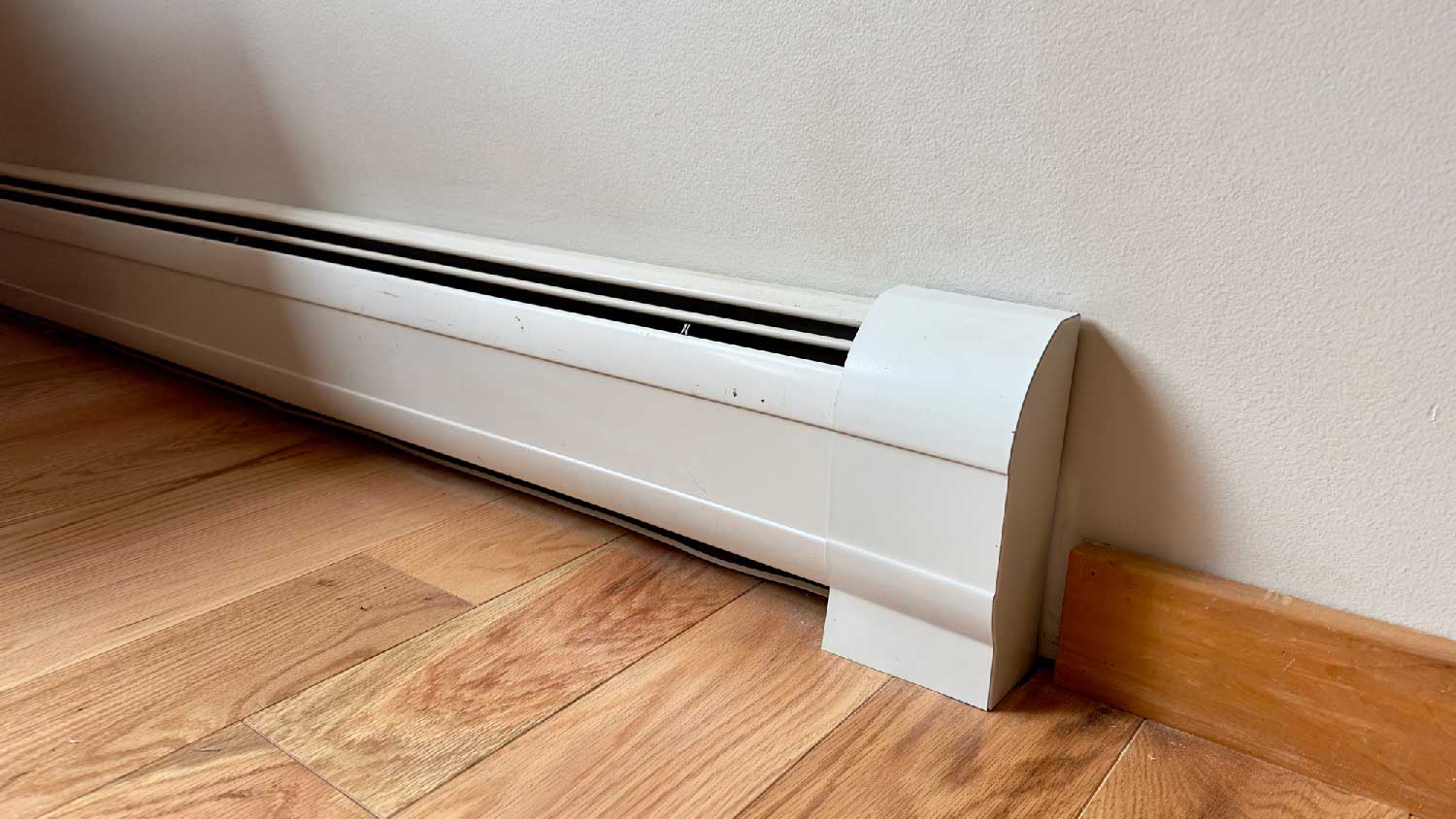
What you’ll pay in Columbus, OH, for furnace repairs depends on many factors. Here’s a breakdown of what can go wrong and the cost to fix those issues.
No, this type of cooler isn’t meant for alligators or Shrek


A swamp cooler is also known as an "evaporative cooler."
This type of cooler works by pumping fresh air into your home over water-saturated pads.
The evaporating air drops temperatures by 15 to 20 degrees Fahrenheit.
However, swamp coolers only work well in low-humidity environments.
While it’s not a common term, if you’ve heard of swamp coolers, you’ve probably been tempted by the system’s reduced upfront and monthly energy costs. And a swamp cooler can certainly promise those advantages, but there are nuances, too.
Did you know where you live may affect whether you should purchase a swamp cooler? And have you considered how much maintenance work you’ll have to do to keep it running? You should. This guide breaks down everything you need to know about swamp coolers, plus how to decide if it’s the right system for your home.
A swamp cooler, also known as an "evaporative cooler," is an energy-saving system that cools the air by passing it over water-saturated pads. This action causes the water in the pads to evaporate, which drops the temperature of the surrounding air before it’s pumped into the home. This method can drop the indoor temperature by 15 to 20 degrees Fahrenheit.
Swamp coolers pump fresh air into the house constantly. This system works differently from central air conditioning systems, which recirculate the same air.
Swamp coolers are as effective as a typical AC unit at cooling your home as long as you live in a low-humidity area and can keep a constant flow of water running to the cooler. Evaporative coolers work best in dry areas of the United States, such as states like Oregon and Nevada.
In addition to working as well as traditional AC units, swamp coolers cost half as much to install as a central air conditioner. Plus, swamp coolers only use a quarter of the energy used by central AC units while still doing a good job of cooling the home, according to the U.S. Department of Energy.
The main downside of a swamp cooler is that it requires significantly more maintenance than a standard central air conditioning system and constant replenishment of water. Evaporative coolers need routine draining and cleaning to prevent mold growth.
Also, this type of system generally only works in dry climates—so if you live near an actual swamp, a swamp cooler might not be a good idea for your home.
The best way to install a swamp cooler is to hire a professional to do it. The cost to install a swamp cooler ranges between $1,500 and $3,700. Since the cost to install a new AC unit is $3,800 to $7,500, you're likely to save on upfront costs by choosing a swamp cooler.
However, remember that a swamp cooler isn’t right for everyone. Contact a swamp cooler pro near you to schedule a consultation to get advice and learn the expert will install it.
Swamp coolers come in a wide range of sizes, with the smallest size pumping 3,000 cubic feet per minute (cfm) of air into the house each minute, compared to the larger versions, which rate for 25,000 cfm. You'll need a model that can provide enough capacity to complete 20 to 40 air changes per hour in your house.
The roof is usually the best place to install a swamp cooler. By putting it on the roof, it's a lot easier to connect it to your duct system and therefore pump cool air throughout your house.
However, there are downsides to a roof installation. You increase the odds of a leak in your roof, and it's tougher to access to perform maintenance.
An alternative is to install the system in windows to cool one room. You can also install one in a central location in your home, although this works best for compact homes.
Unfortunately, a swamp cooler will make your home or a room damper because of the way it cools the air (by evaporating water). That's why it's best to use this system in a low-humidity environment.
One way to deal with this downside is to open a window, although it will cause the cooler not to work as effectively. Check the evaporation pads regularly to ensure they are not too wet.
From average costs to expert advice, get all the answers you need to get your job done.

What you’ll pay in Columbus, OH, for furnace repairs depends on many factors. Here’s a breakdown of what can go wrong and the cost to fix those issues.

Discover the true window AC unit installation cost to learn about labor, permits, and ways to save on your window AC project.

Getting AC and furnace replacement done at the same time can lead to huge benefits for your wallet and your home. Here’s everything you need to know.

Discover the average wall heater installation cost, key price factors, and expert tips to help you budget and save on your next home heating project.

There are few things more important to homeowners than keeping their AC systems running. Use this guide on AC leak repair to keep your home cool and comfy.

A central humidifier can make dry winter air more comfortable indoors. Before your installation, discuss these whole-house humidifier questions with a pro.